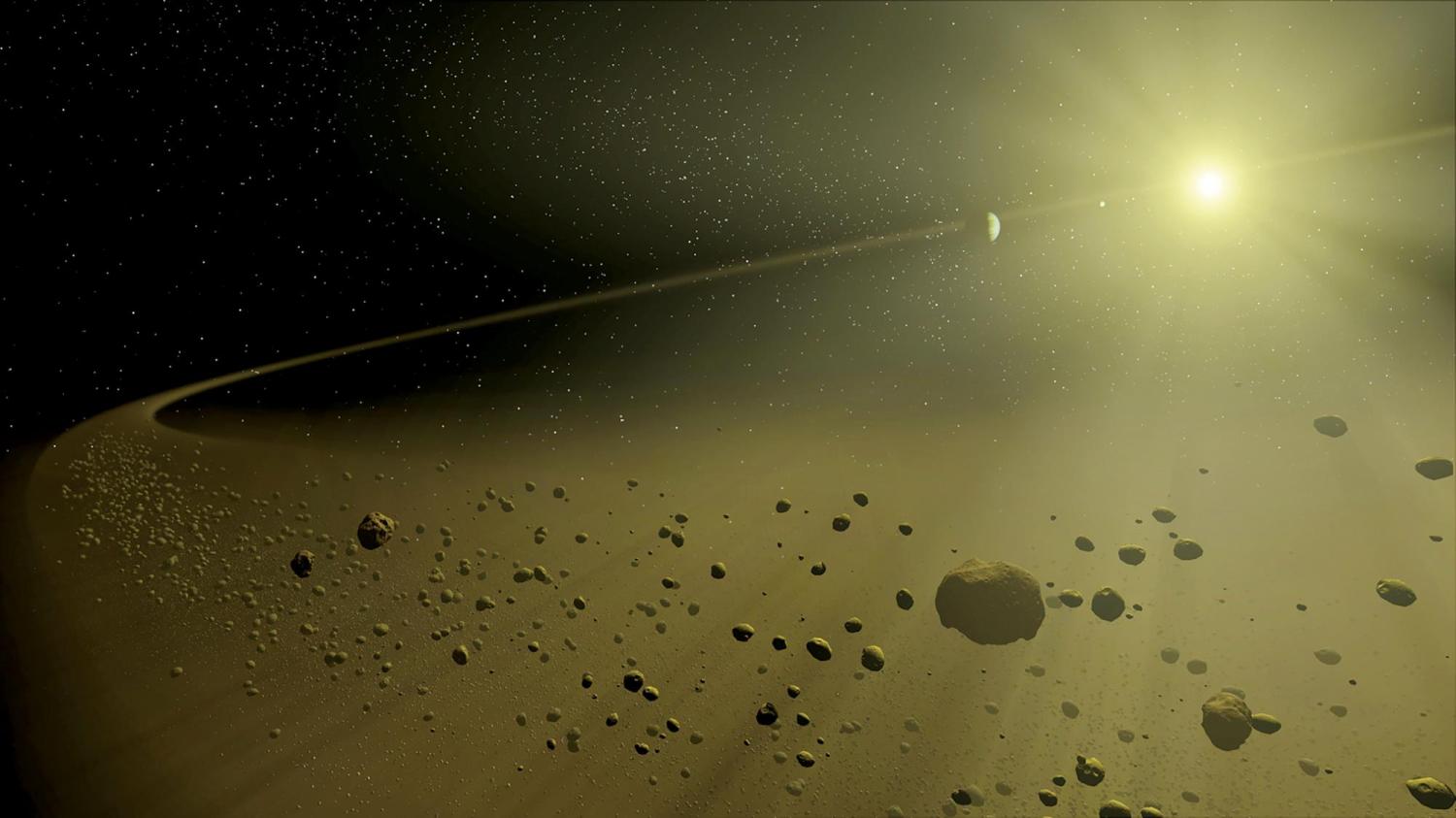How dust bunnies grow up to be planets
CU Boulder researchers are investigating collisions between much smaller objects in space. In this case, it’s the specks of dust that spin around a star in the early life of a solar system.
A team led by JILA Senior Research Associate Jacob Simon set out to discover how such cosmic dust bunnies could become enormous planets like Earth or Jupiter. Theory suggests that these tiny grains glom together over time to form asteroids called planetesimals, which can then form planets.
Simon and his colleagues, however, wanted to know if starting conditions matter in such a process. In other words, can a collection of pea-sized fragments form the same range of planetesimals as rocks the size of plums?
Using computer simulations, the team discovered that the answer was yes. It turns out that, with enough time, even the smallest speck can become a Jupiter.

Principal investigator
Jacob Simon
Funding
NASA; National Science Foundation (NSF)
Collaboration + support
Philip Armitage; JILA; Department of Astrophysical and Planetary Sciences; Southwest Research Institute; University of California, Santa Barbara; University of Arizona

